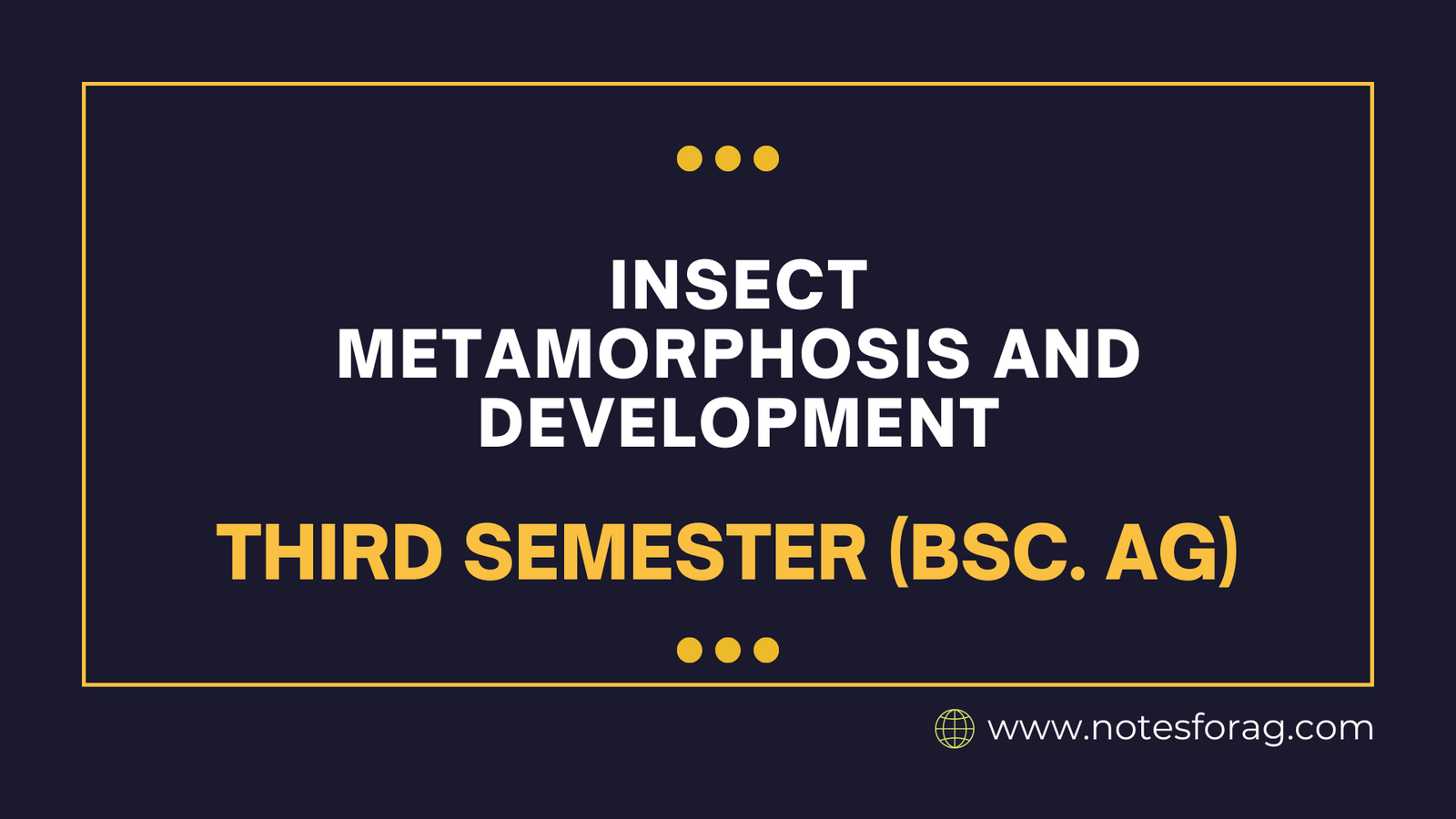Insect metamorphosis and development occur in several life stages that differ between species. Incomplete insect metamorphosis includes three stages: egg, nymph, and adult, with the nymph gradually resembling the adult. Complete insect metamorphosis consists of four stages: egg, larva, pupa, and adult, with major modifications taking place during the pupal stage. Ametabolous development entails minor alterations between molts. These mechanisms are critical to understanding insect biology, behavior, and ecological roles.
Table of Contents
Understanding Insect Metamorphosis
Metamorphosis is a vital biological process in which insects transition from one life stage to another. This intriguing adventure is vital to their growth and survival. Insects normally undergo two types of metamorphosis: complete and imperfect metamorphosis. Each type comprises unique stages and physiological changes, which have a substantial impact on the insect’s life cycle.
Complete insect metamorphosis, also known as holometabolism, is made up of four stages: egg, larva, pupa, and adult. The life cycle begins with an insect laying eggs, which develop into larvae. During the larval stage, the insect’s primary priority is feeding and growing. Butterflies, beetles, and bees are some common examples. Following adequate growth, the larva matures into a pupa, a non-feeding stage during which it undergoes drastic internal rearrangement in preparation for adulthood. This transformative phase is most noticeable in species such as the monarch butterfly, when significant alterations occur. Finally, after this process, the adult insect emerges, ready to procreate and resume the cycle.
In contrast, incomplete insect metamorphosis, also known as hemimetabolism, occurs in three stages: egg, nymph, and adult. In this case, the insect hatches from the egg into a nymph, which looks like a smaller version of the adult but lacks fully developed wings and reproductive functions. The nymph grows via multiple molts until it reaches maturity. Grasshoppers, cockroaches, and dragonflies are common examples of insects that undergo partial metamorphosis. This method of metamorphosis allows for a more direct transition and adaption to different settings because the nymph can begin feeding and surviving in the same habitat as the adult.
Types of Metamorphosis
Complete Metamorphosis (Holometabolism)
Insects with complete metamorphosis have four distinct life stages:
- Egg: The first stage in which fertilized eggs develop into larvae.
- Larva: The larval stage focuses on growth and nutrition. Caterpillars (butterflies), grubs (beetles), and maggots (flies) are all terms used to describe larvae, which frequently differ from adults.
- Pupa: During this transitional stage, the larva changes into an adult. The pupa, also known as the chrysalis in butterflies, is a protective stage during which profound internal changes occur.
- Adult: The mature insect is the most advanced stage, with wings and reproductive organs. Adults are responsible for both reproduction and dissemination.
Examples: Butterflies, beetles, flies, and bees.
Incomplete metamorphosis (Hemimetabolism)
Insects with incomplete metamorphosis have three major stages:
- Egg: Eggs hatch into nymphs, just as they do during complete metamorphosis.
- Nymph: The nymph stage looks like a small adult but lacks fully developed wings and reproductive functions. Nymphs develop and molt across multiple instars (stages between molts).
- Adult: After the final molt, the insect matures into an adult, complete with wings and reproductive organs.
Examples: Grasshoppers, roaches, and dragonflies.
Ametabolous Development
Insects with ametabolous development have few shape changes throughout their lives. They do not have a distinct larval or nymph stage; instead, they develop through several molts, becoming increasingly similar to adults with each molt.
Examples: Silverfish with Firebrats.
Key Points in Insect Development
- Molting: Insects shed their exoskeletons to grow. This process, known as ecdysis, happens several times throughout development.
- Instars: Instars are the phases that occur in between molts. Each instar symbolizes a developmental stage during which the insect grows larger.
- Pupal Stage: In complete metamorphosis, the pupal stage is critical for the transformation into the adult form, which requires extensive internal restructuring.
Understanding these processes is useful for researching insect biology, behavior, and ecology, as well as pest control and conservation initiatives.
Frequently Asked Questions
What are the main types of insect metamorphosis?
The two main types are complete metamorphosis (holometabolism), which includes egg, larva, pupa, and adult stages, and incomplete metamorphosis (hemimetabolism), which comprises egg, nymph, and adult stages. Another form is ametabolous development, which occurs with minimal alteration between molts.
How does the pupal stage work in complete metamorphosis?
During the pupal stage, the insect goes through a remarkable internal transformation, rebuilding tissues and structures before emerging as an adult with wings and reproductive organs.
Related Articles

